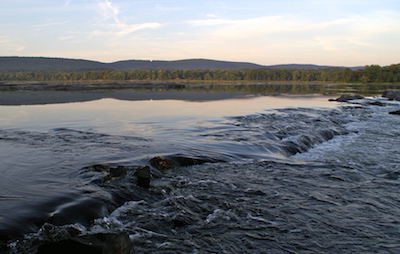
10th Annual River Symposium
The River, Its Landscapes
and Our Lives
Ongoing Projects and Research in the Susquehanna Watershed
November 13 -14, 2015
Read More
Streams, lakes, bogs, and prairies ...
forests, wetlands, mountains, and rivers ...
these are our classrooms and our laboratories
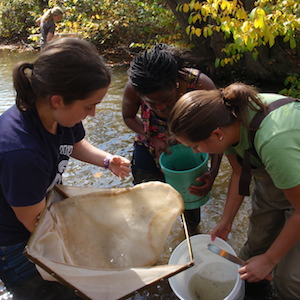
The Watershed Sciences and Engineering Program is devoted to connecting faculty, staff, and students to the Susquehanna watershed by creating new teaching, research, and outreach opportunities. WSE faculty are add new, field-based lectures and labs to their existing courses, where students connect the concepts and theory to an actual stream, wetland, lake, or section of the river. The subject becomes more relavent, more tangible, and understanding is enriched in these types of settings. The WSE Program also developed three university-wide field intensive watershed-based courses, where most of the learning takes place outdoors or in the research lab. Connecting faculty and students to the watershed through scholarship is a major component of the WSE Program. To promote this type of research, is is establishing and instrumenting a network of long-term field research sites encompassing a range of environments, including wetlands, streams, lakes, and the Susquehanna River itself. Through a variety of grants and scholarships, WSE faculty typically mentor ten to fifteen undergraduate students every summer on projects including flow hydraulics and sediment transport, stream restoration, catchment hydrology and modeling, fluvial geomorphology and aquatic ecology studies.
It began a decade ago, when we asked ourselves "How can we expect someone to care about rivers, lakes, forests, and wetlands, if they have had no personal experience with these environments?" Endangered species, critical habitats, biodiversity, sustainability, natural disasters - though we introduce these concepts to every student at Bucknell, they remain abstract, intangible, and foreign to many. Our goal is to create transformative learning experiences that bridge the gap between our minds and our hearts, to make learning come alive, and to create an outdoor classroom environment where students can laugh, learn, and work together.
The WSE Program owns a fleet of kayaks and canoes that it uses to offer guided teaching sojourns on the Susquehanna River, as well as a number of larger streams and lakes in the region. We occasionally lead extended trips to the lower Susquehanna River gorge, the Susquehanna Flats and saltwater marshes along the Chesapeake Bay.

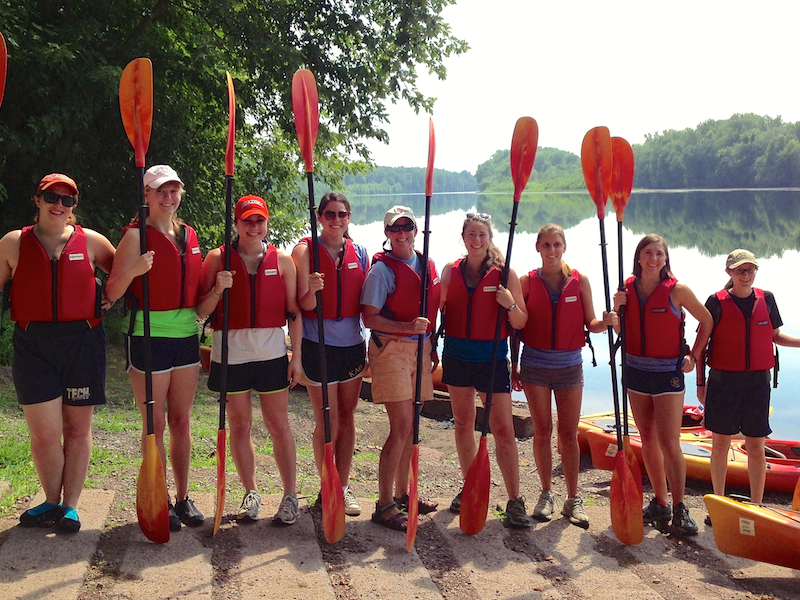
The WSE Program's flagship interdisciplinary course is "Bucknell on the Susquehanna" a 3-week field intensive experience where students spend the first half exploring the Susquehanna watershed, all the way from its headwaters in New York down the Chesapeake Bay, the nation's largest estuary. In the second half of the course, they travel to the Olympic Penninsula and Puget Sound, to compare and contrast the two watersheds.
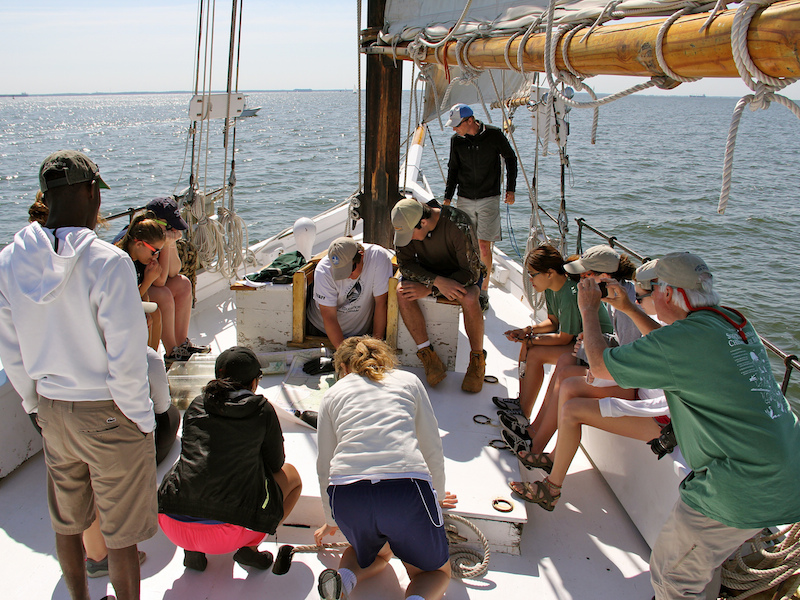
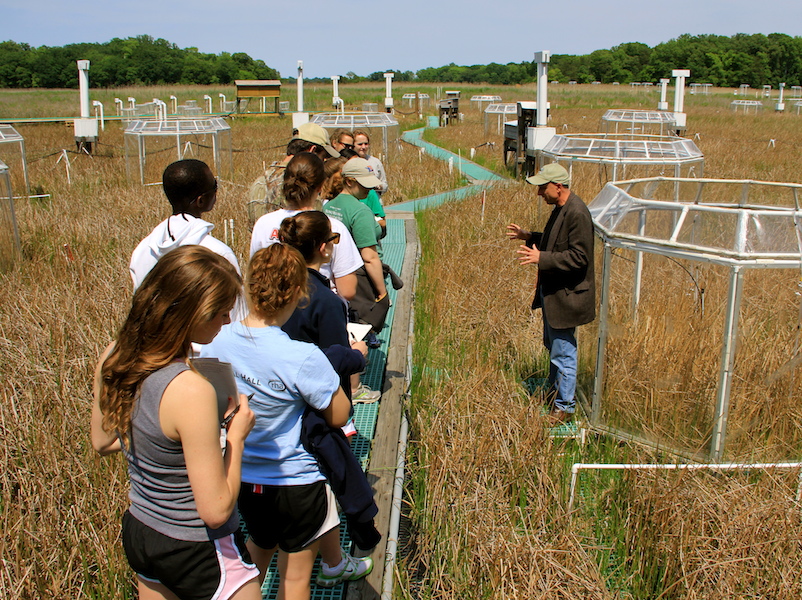
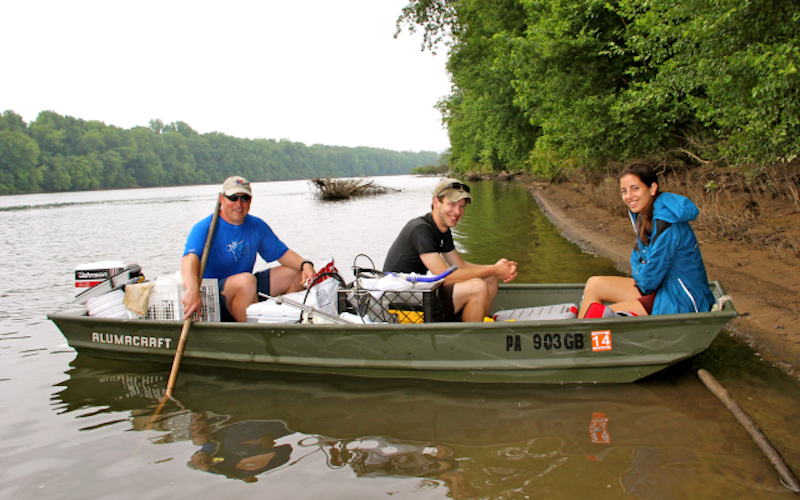
The WSE Program includes professional staff with professional scuba diving experience and equipment, who help faculty and students on research projects that involve complicated and potentially dangerous work in underwater settings in lakes, reservoirs, and fast-flowing rivers. A number of studies are underway to map the fluvial geomorphology and aquatic habitat of the Susquehanna and several of its larger tributaries. Students get to snorkel and dive the pools and riffles of these streams to map beforms, characterize the habitat, and collect mussel, hellbender, and invertebrate samples.
The river takes on an entire new look and feel when you are underwater. Students get to study up close endangered or threatened animals such as hellbenders or freshwater mussels, in their native habitat.
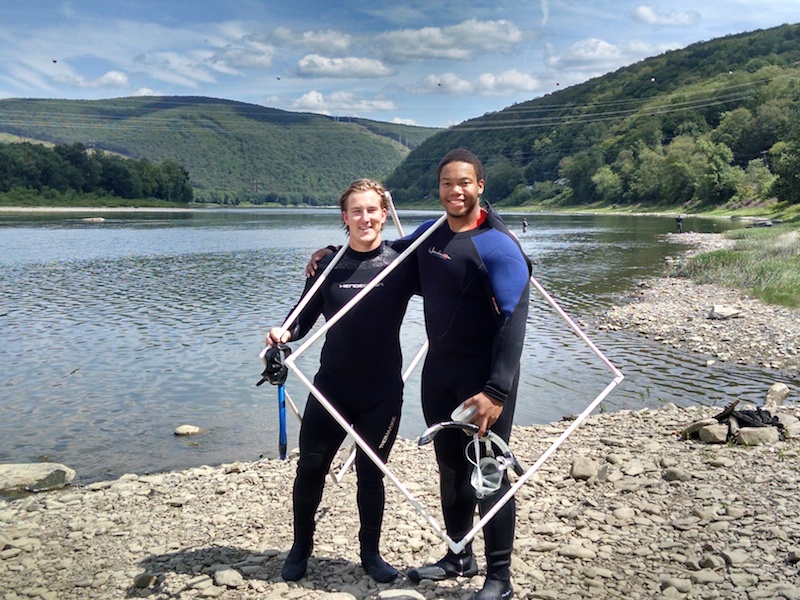
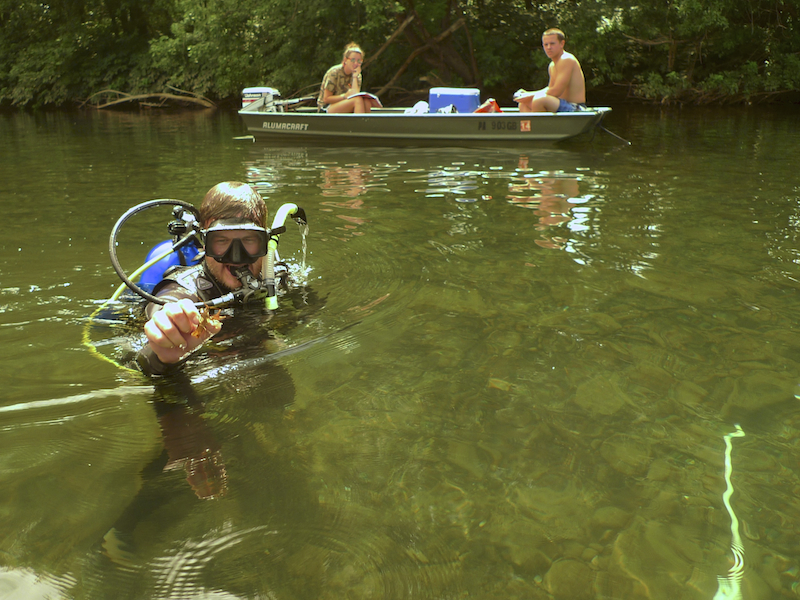
There exists a complex hydrologic and ecologic connection between the Susquehanna and its tributaries, which are like the river's network of blood vessels, delivering water, nutrients and acting as the corridor for migration of plants and animals.
Little is known about this connections, but we have learned over the years that the best for students and faculty to study these processes and linkages is to wade into the streams and get their feet wet.
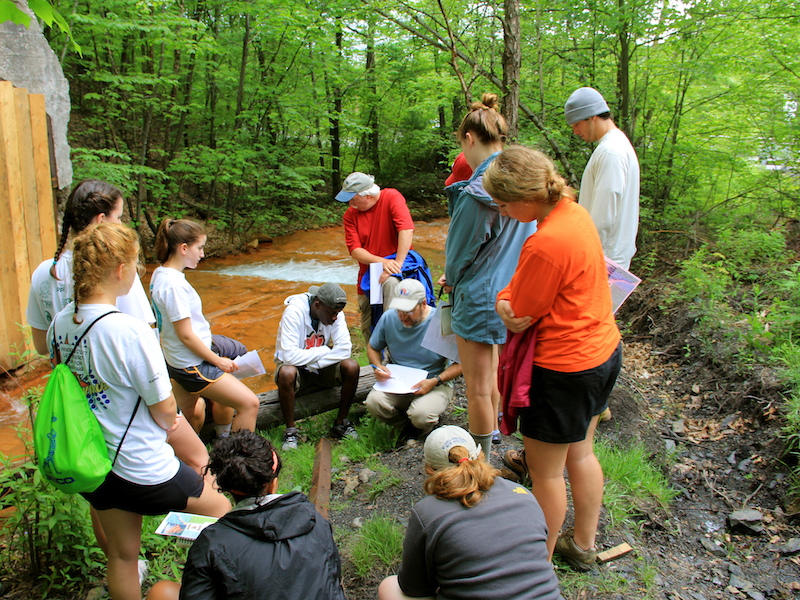
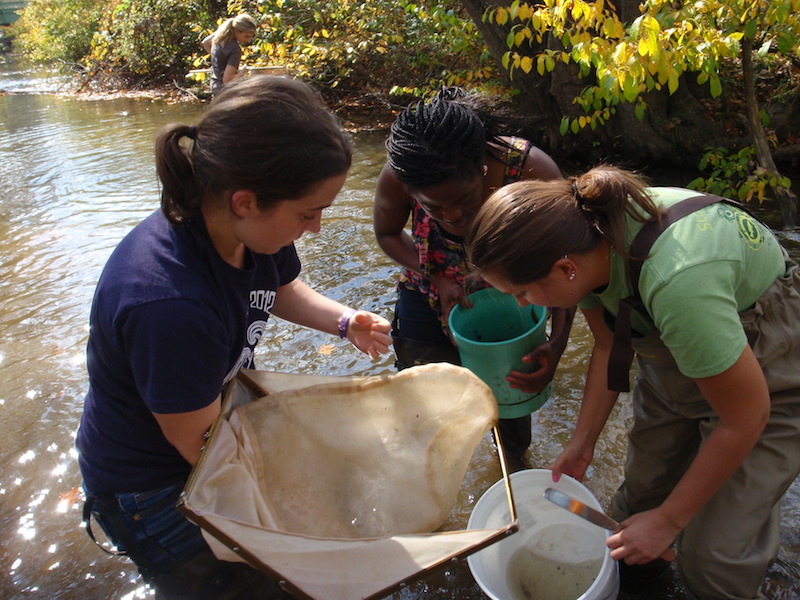
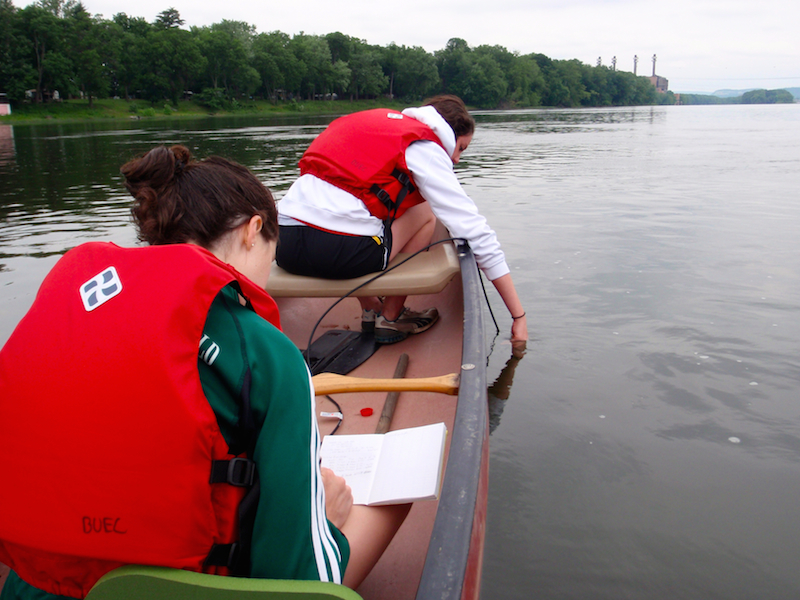
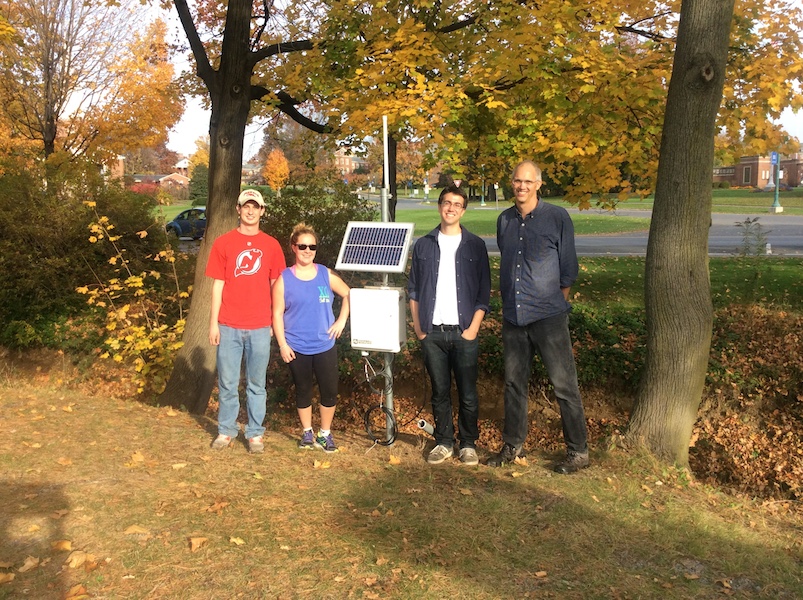
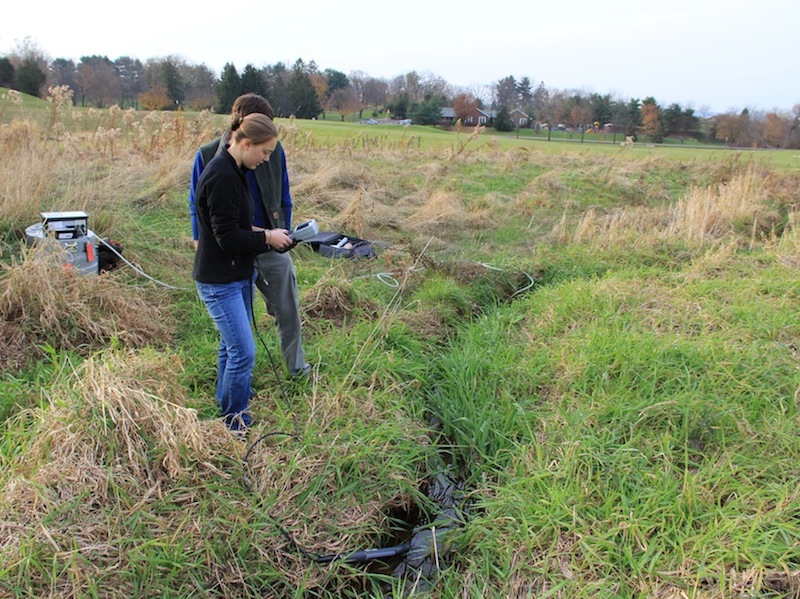
There are a number of natural lakes and man-made reservoirs in the Susquehanna watershed, which provide a wonderful setting for students to learn about limnology, aquatic ecology of lotic systems, thermal stratification, and much more. The WSE Program maintains a research contract with the PA Department of Conservation and Natural Resources at several of its state parks, to allow faculty and staff access to their ponds, wetlands, and lakes.
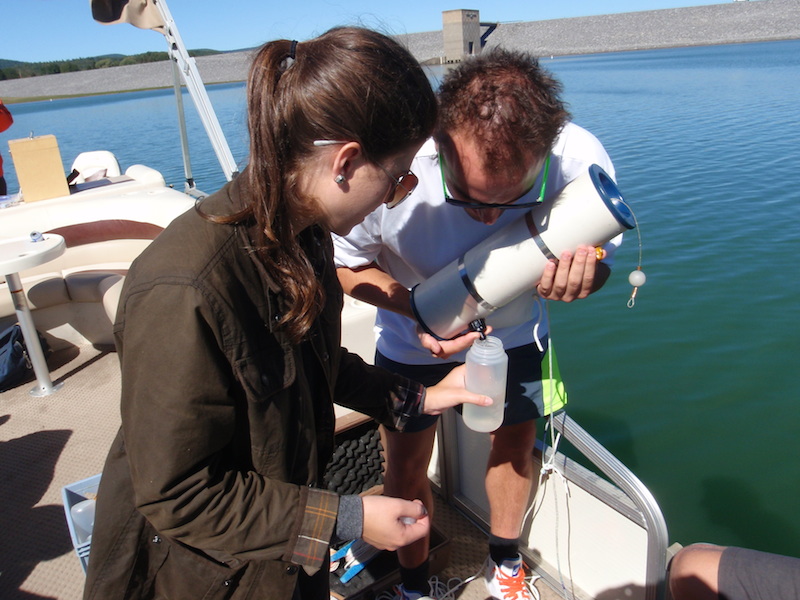
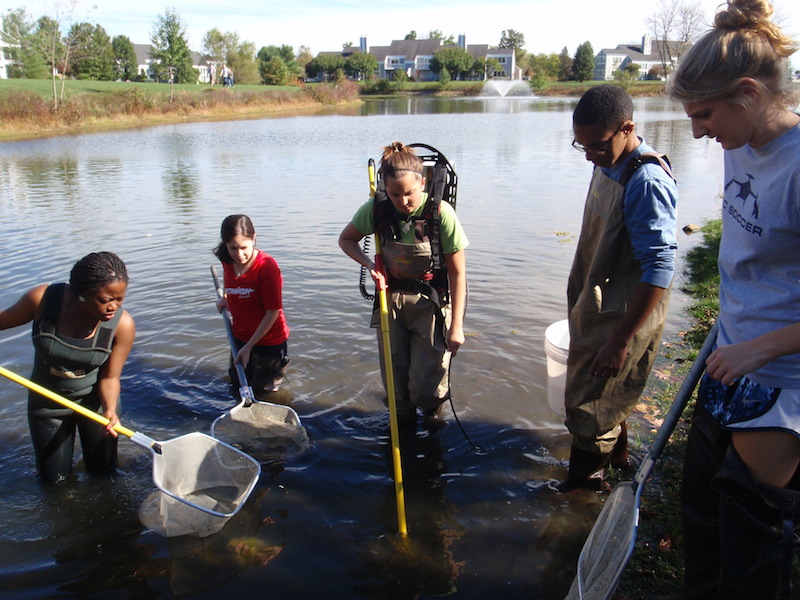
On-the-water classrooms are never boring! A significant part of any transformative learning experience is discovery the beauty and recreational value of the Susquehanna watershed. The WSE Program is always looking for ways to expand our teaching to include extended field trips to more distant parts of the watershed. A sense of community builds among the students on these trips, which over more time for reflection and analysis as well.
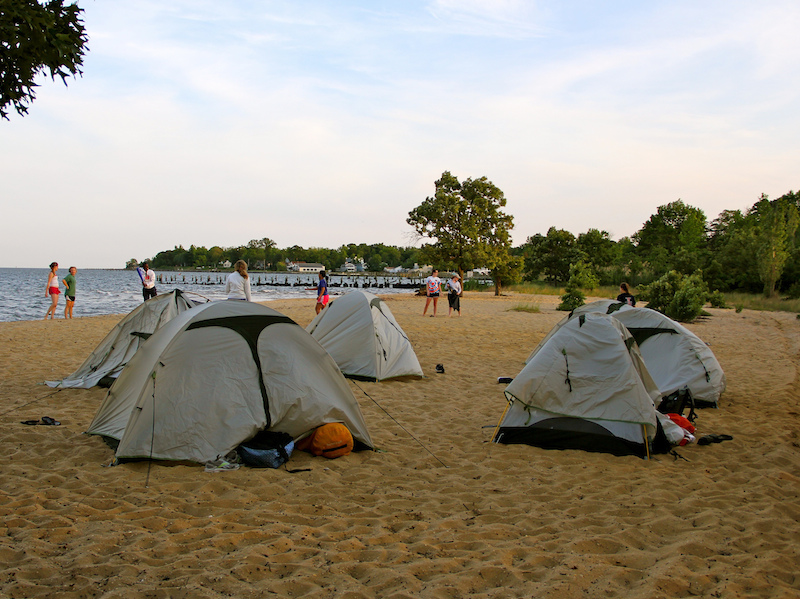
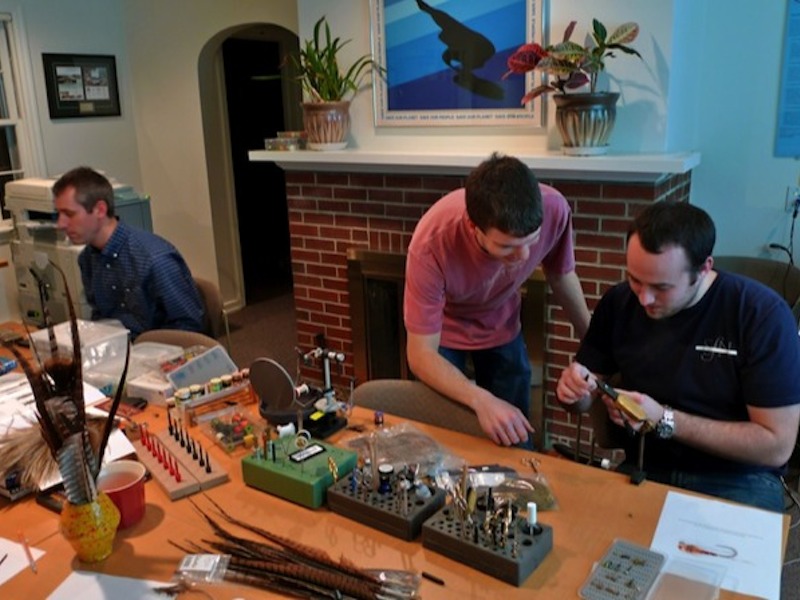
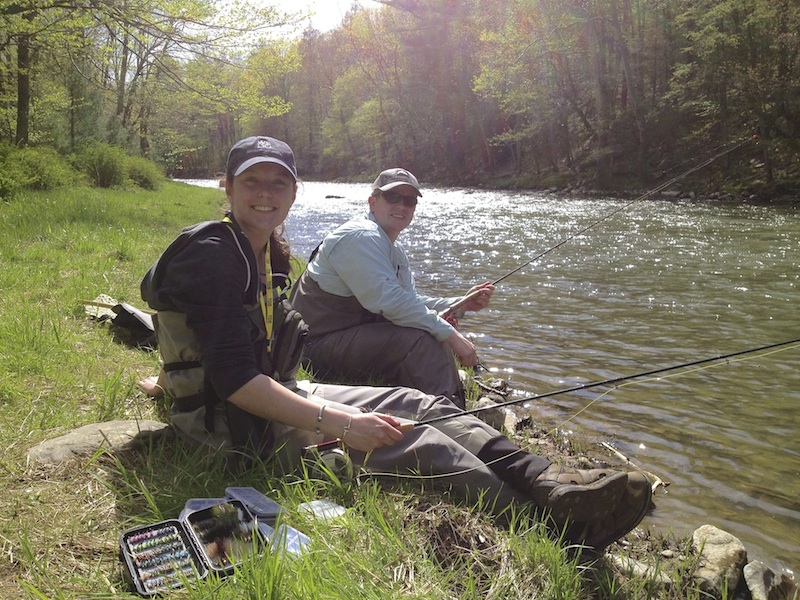
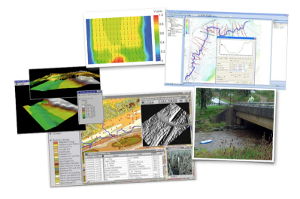
The Watershed Sciences and Engineering Program at Bucknell University seeks to achieve national distinction for excellence in education and scholarship in science and engineering by incorporating the Susquehanna River watershed as a teaching and research laboratory.
Since 2006, it has been integrating water and the river into the curriculum and across academic disciplines in ways that enrich Bucknell's intellectual environment, promote sustainability and watershed stewardship, and enable the university to act as a catalyst for environmental and cultural progress in the mid-Atlantic region and beyond.
For more information, please contact benjamin.hayes@bucknell.edu.
Center for Sustainability and the Environment
Bucknell University
One Dent Drive
Lewisburg, PA 17837
T570.577.1830
T570.577.3699
The following links are virtual breadcrumbs marking the 27 most recent pages you have visited in Bucknell.edu. If you want to remember a specific page forever click the pin in the top right corner and we will be sure not to replace it. Close this message.